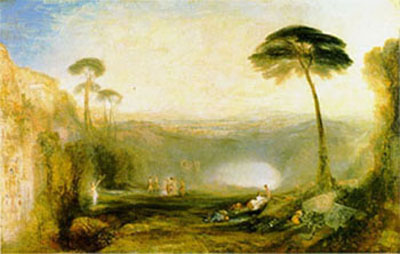Quote from: KB7DQH on November 14, 2010, 06:43:37 AMI "soaked the sound to my taste" thus creating the "acoustical space" of my choice...
Dear Eric
Perhaps it would be interesting to hear any processed versions you have created. The organ is totally and absolutely "dry" in terms of the current Hauptwerk terminology and I mix down around 30 channels to two to be processed by an Alesis Microverb giving a short room acoustic and a Zoom effects processor to give a longer hall acoustic.
I have used longer reverberation in the past but, with a greater treble presence on this occasion, I was worried about a faintly metallic edge to the sound which seems to come across with small speakers but disappears with good speakers at a realistic volume. In due course I'll post a reverberation tail on which comments to improvement will be greatly welcomed.
In due course, I have a bucket-brigade delay line from a 1980s analogue organ and I'm planning to play with this with a couple of differently timed feedback points and treble reduction on each, in order to obtain that treble reducing reverb that we have heard on the samples I posted from the St Maximin disc on another thread of this forum. It might be more realistic than the commercial units
Best wishes
David P
